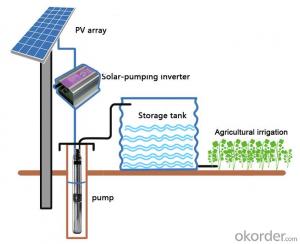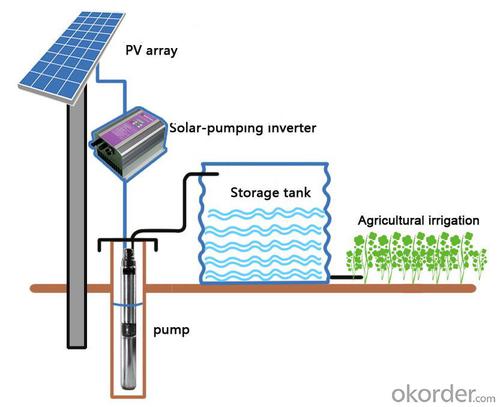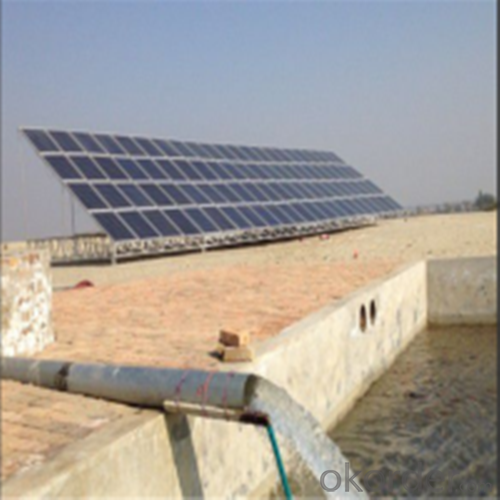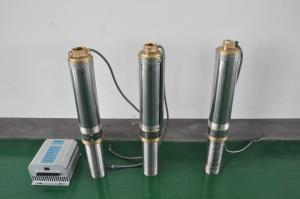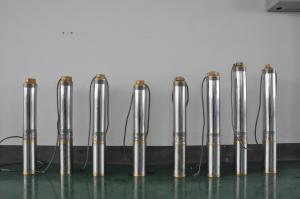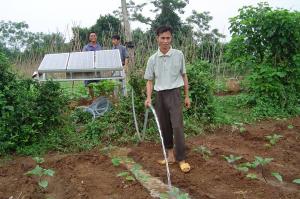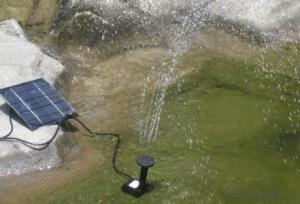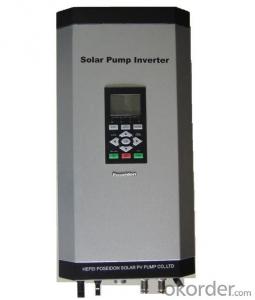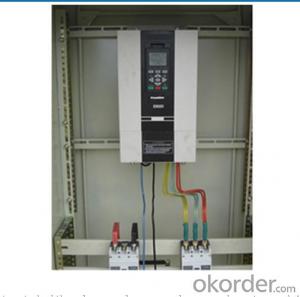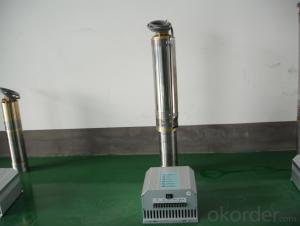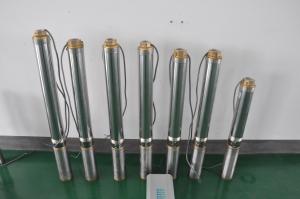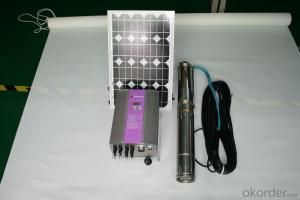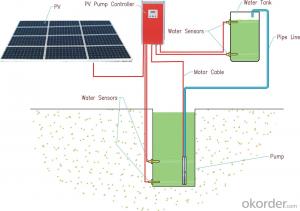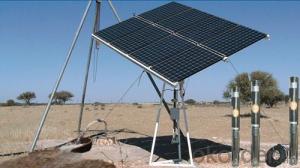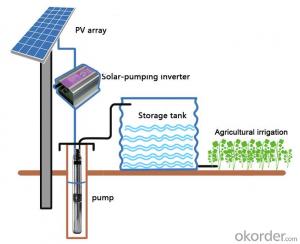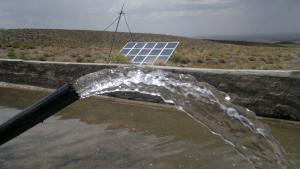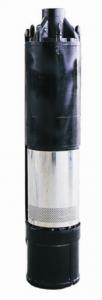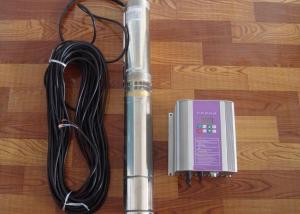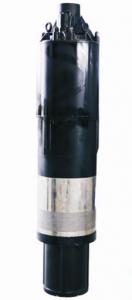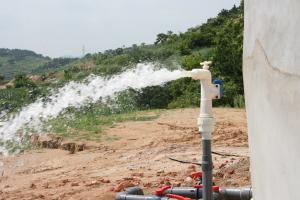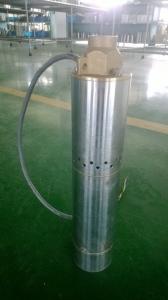10hp Solar Pump - Solar Irrigation Pump with Solar Panel Water Pumps
- Loading Port:
- Shanghai
- Payment Terms:
- TT OR LC
- Min Order Qty:
- 1 set
- Supply Capability:
- 1000 set/month
OKorder Service Pledge
OKorder Financial Service
You Might Also Like
Solar Irrigation Pump Solar Panel Water Pumps
DC solar water pumping system consists of the motor, pump, controller, solar array and some other accessories, such as water level sensor, float switch, etc. Considered that storing water is more efficient than storing electricity, the system is designed to directly drive the pump without battery which can reduce the construction and operating cost and routine maintenance effectively.The PV array consists of multiple solar panels connected in series/parallel, which can supply the whole system as power source by converting the absorbed solar radiation energy to the electrical energy. The pump driven by a brushless DC permanent magnet motor draws water from deep-well or river. The pumped water is then fed into reservoir or water tank, or connected to the irrigation system or fountain system directly.
Advanced Technology
Applications Innovation
The efficiency of DC brushless permanent magnet motor has been increased up to 25% in comparison with traditional asynchronous motor.
Technology Innovation
Stator and rotor are sealed by environment friendly casting resin.Motor insulation resistance can be hold higher than 300MΩfor more than 10 years, which consumedly increased the security and reliability of the submersible motor.
Structure Innovation
Casting resign technology processed stator and rotor as well as the water lubricated bearing make the submersible pump environment friendly.
Feature
High Efficiency & High Reliability
DC Brushless Permanent Magnet Motor
Minimum Maintenance, long Service Life
Environment Friendly Materials, Lubricated Without Oil
Application
Village or Family Water Supply
Animal Drinking Water & Livestock Watering
Garden/Courtyard Irrigation
Swimming Pool
Water Supply for Bivouac or Camping Car
Water Supply for Remote Area
Automatic Control
Operate Automatically, No Need Watching
Maximum Power Point Tracking (MPPT)
Dry-run Protection
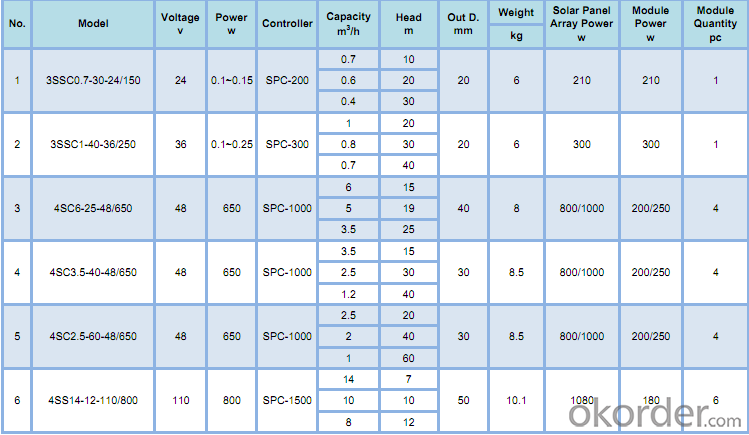
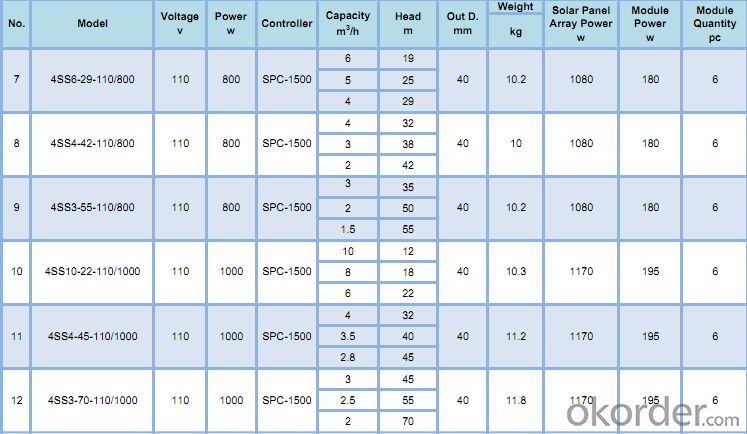
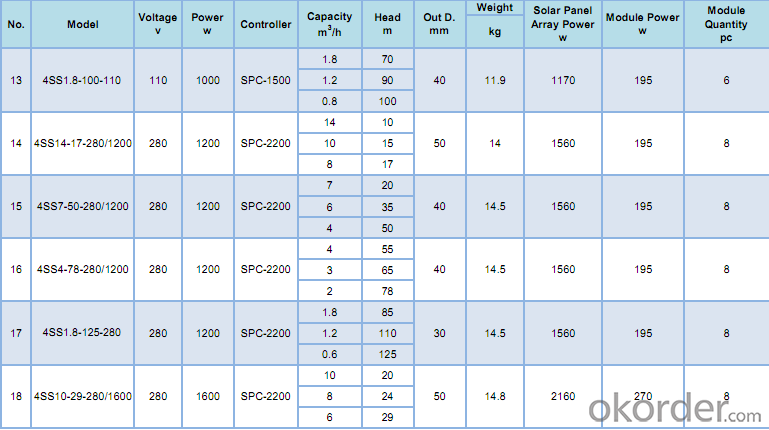
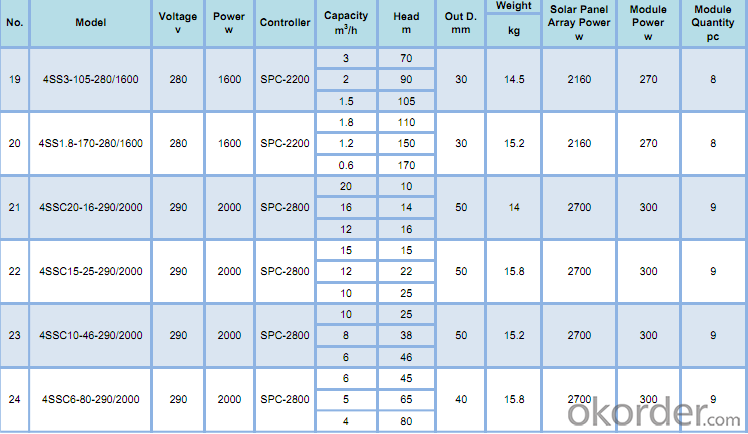
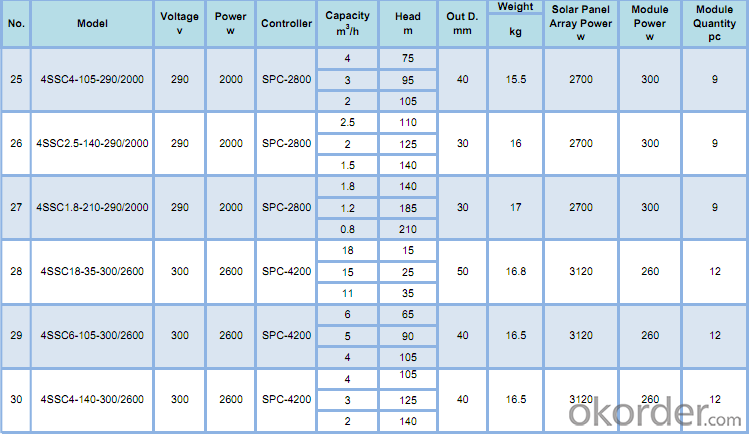
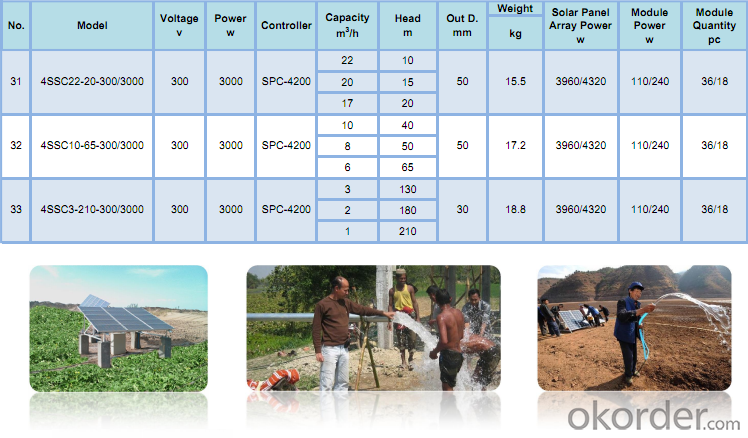
- Q: Are there any government incentives or rebates available for installing solar pumps?
- Yes, there are government incentives and rebates available for installing solar pumps. These incentives vary by country and region, but they are designed to promote the use of renewable energy sources and decrease dependence on fossil fuels. It is recommended to check with local government agencies or energy departments to determine the specific incentives and rebates available in your area.
- Q: Can a solar pump be used in areas with high levels of heavy metals in the water?
- Yes, a solar pump can be used in areas with high levels of heavy metals in the water. The presence of heavy metals does not affect the functionality of a solar pump. However, it is important to note that the heavy metal contamination in the water may need to be addressed separately to ensure safe and clean water for consumption or irrigation purposes.
- Q: How does the efficiency of a solar pump vary with different water depths?
- The efficiency of a solar pump can vary with different water depths. Generally, the efficiency of a solar pump increases as the water depth decreases. This is because the pump requires less energy to lift water from shallower depths compared to deeper depths. When the water depth is shallow, the solar pump has to work against a lower head pressure, allowing it to operate more efficiently. As the depth increases, the pump needs to exert more force to lift the water, resulting in a decrease in efficiency. However, it's important to note that the efficiency of a solar pump is also influenced by other factors such as the type and size of the pump, the quality of solar panels, and the design of the system. Therefore, it is essential to consider these factors in conjunction with water depth in order to determine the overall efficiency of a solar pump.
- Q: Can a solar pump be used in areas with limited access to water availability?
- Yes, a solar pump can be used in areas with limited access to water availability. Solar pumps are designed to operate using sunlight as their primary source of power, making them ideal for remote or off-grid locations where electricity supply may be unreliable or non-existent. These pumps can be used to extract water from various sources such as wells, rivers, or lakes, providing a sustainable solution for communities facing water scarcity. By harnessing solar energy, these pumps offer a cost-effective and environmentally friendly way to access water in areas with limited water availability.
- Q: How does a solar pump help in reducing the use of chemical fertilizers?
- A solar pump helps in reducing the use of chemical fertilizers by providing a sustainable source of water for irrigation. With a solar pump, farmers can efficiently water their crops using solar energy, reducing the reliance on fossil fuel-powered pumps. This enables farmers to better regulate the amount of water used, preventing over-irrigation which can lead to the leaching of nutrients and the need for additional chemical fertilizers. Additionally, solar pumps can be paired with drip irrigation systems, which deliver water directly to the plant's roots, minimizing water wastage and ensuring that fertilizers are efficiently utilized by the crops.
- Q: Can a solar pump be used during cloudy or rainy days?
- Yes, a solar pump can still be used during cloudy or rainy days, although its efficiency may be reduced. Solar panels can still generate electricity from diffuse sunlight and can power the pump to some extent. However, the pump's performance may be lower compared to sunny days due to reduced solar radiation.
- Q: How does a solar pump handle water with high mineral content?
- A solar pump can handle water with high mineral content by using a filtration system. The pump first draws water from the source and passes it through a filtration unit that removes impurities and minerals. This process ensures that the water pumped by the solar pump is free from any harmful minerals, making it safe for various applications such as irrigation or drinking.
- Q: Can a solar pump be used for sewage or effluent pumping?
- No, a solar pump is not suitable for sewage or effluent pumping due to the nature of the materials being pumped. Sewage and effluent pumps require specialized equipment capable of handling solids, chemicals, and potential contaminants, which a solar pump may not be designed to handle. It is important to use appropriate pumps specifically designed for sewage or effluent applications to ensure proper functionality and avoid potential issues.
- Q: How does the elevation of a location affect the performance of a solar pump?
- The elevation of a location can affect the performance of a solar pump primarily due to changes in air pressure and temperature. As elevation increases, the air pressure decreases, leading to lower atmospheric density. This reduced density can affect the efficiency of the solar pump, as it relies on air movement for cooling and heat dissipation. Additionally, higher elevations often experience lower temperatures, which can impact the overall performance and efficiency of the solar pump, especially if it relies on sunlight for power generation.
- Q: What are the safety measures to be taken while installing a solar pump?
- When installing a solar pump, it is important to take several safety measures. Firstly, ensure that all electrical connections are properly insulated and protected from moisture, as water can pose a serious risk of electrocution. Additionally, follow the manufacturer's instructions and guidelines for installation to ensure proper grounding and wiring. It is crucial to work with a licensed electrician or a trained professional to handle the electrical components of the installation. Lastly, always wear appropriate personal protective equipment (PPE) such as gloves and safety glasses to protect yourself from any potential hazards during the installation process.
Send your message to us
10hp Solar Pump - Solar Irrigation Pump with Solar Panel Water Pumps
- Loading Port:
- Shanghai
- Payment Terms:
- TT OR LC
- Min Order Qty:
- 1 set
- Supply Capability:
- 1000 set/month
OKorder Service Pledge
OKorder Financial Service
Similar products
Hot products
Hot Searches
Related keywords
